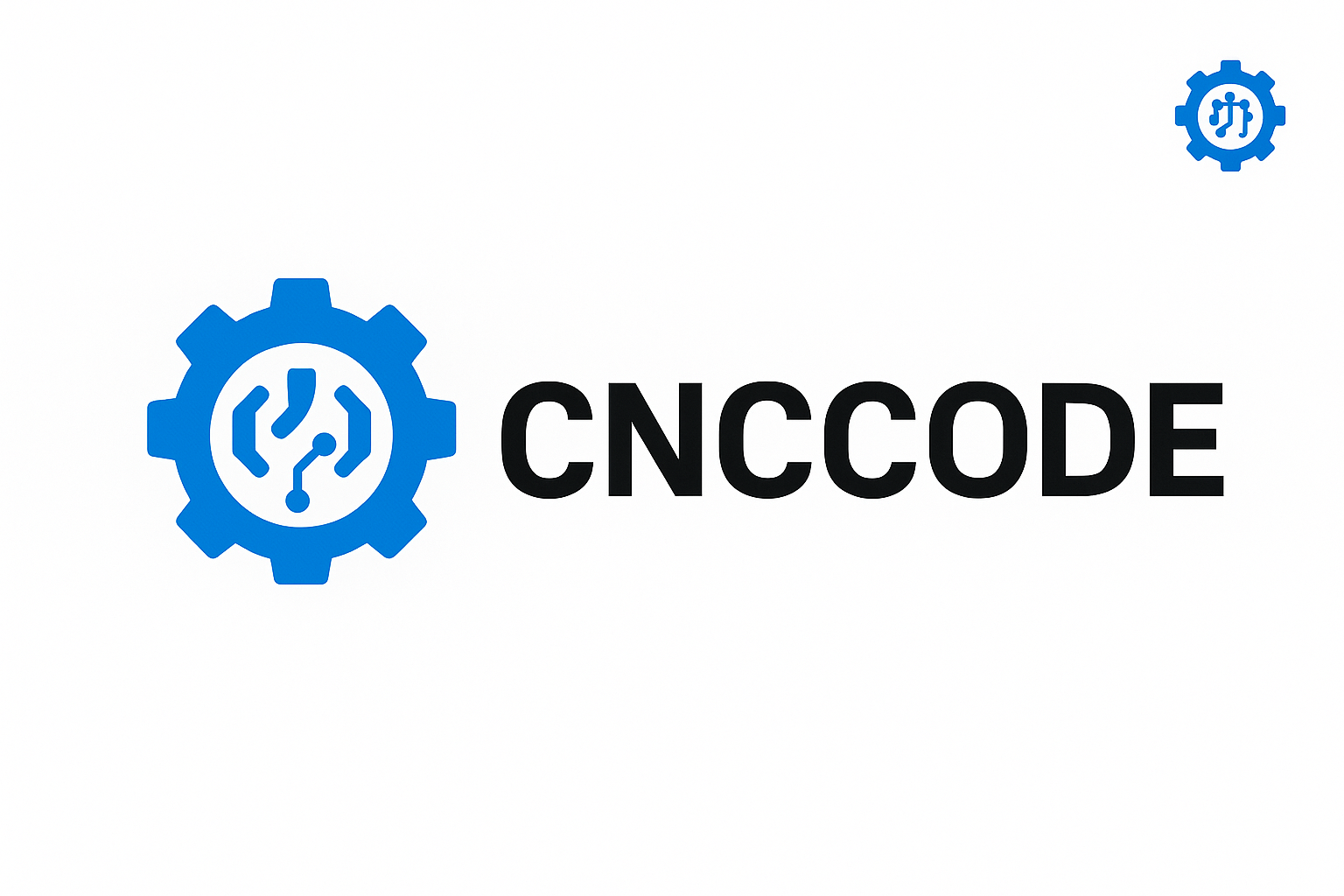Learn CNC programming fundamentals, G-code structure, and advanced multi-axis strategies in this comprehensive guide for modern manufacturers.
Mastering CNC Programming: From Beginner to Expert
CNC programming lies at the heart of modern precision manufacturing. Whether you’re producing aerospace parts, automotive components, or intricate custom designs, CNC programming ensures repeatability, accuracy, and efficiency. This comprehensive guide walks you through everything from basic concepts to advanced programming strategies used in 3-, 4-, and 5-axis machines.
1. What Is CNC Programming?
CNC programming is the process of creating a set of instructions (commonly in G-code) to direct CNC machines—like mills, lathes, routers, and EDMs—on how to cut, drill, and form parts. Programs are tailored to specific machine types, control systems, and manufacturing goals.
Two Main Types of CNC Programming
- Manual Programming: Writing G-code line-by-line using knowledge of machine physics, geometry, and coding logic.
- CAM-Based Programming: Generating toolpaths through software (Fusion 360, Mastercam, etc.), which automatically converts geometry to G-code.
2. Key Components of CNC Code
G-code is the most commonly used language in CNC programming. Here’s a quick breakdown of critical command groups:
| Code | Function | Example |
|---|---|---|
| G0 / G1 | Linear move (rapid/feed) | G1 X20 Y10 F150 |
| G2 / G3 | Arc move (clockwise/counterclockwise) | G2 X50 Y50 I10 J10 |
| M03 / M05 | Spindle on/off | M03 S1500 |
| T / M06 | Tool selection/change | T02 M06 |
| M08 / M09 | Coolant on/off | M08 |
| M30 | Program end and reset | M30 |
3. CNC Machine Types and Programming Differences
- Milling: Typically requires X, Y, Z axis control with spindle direction, feedrate, and complex toolpaths.
- Turning: Emphasizes Z and X axis control for lathe operations, with threading and contouring instructions.
- Multi-Axis (4/5-Axis): Involves A/B/C rotational commands with synchronized tool orientation.
4. CNC Programming Workflow
- Part Geometry Definition (CAD or blueprint)
- Tool Selection (based on material and operation)
- Toolpath Planning (CAM or manual)
- Code Generation (G-code creation)
- Simulation (Verify with tools like CAMotics, NCViewer)
- Machine Execution (Send to controller via USB or DNC)
5. CNC Program Optimization Tips
- Use modal commands wisely to reduce code length.
- Break down long programs using subroutines (M98/M99).
- Insert comments for clarity (e.g., `(Tool Change to Drill Ø6mm)`).
- Set proper tool offsets and work coordinate systems (G54–G59).
6. Tool Compensation and Offsets
Two key elements in dynamic CNC programming:
- Tool Length Compensation (G43/G44/G49) – Adjusts for vertical tool size.
- Tool Radius Compensation (G41/G42/G40) – Offsets for cutter diameter.
7. CNC Programming for Productivity
Well-written code reduces cycle time, improves accuracy, and extends tool life. Consider implementing:
- High-Efficiency Milling for better material removal rate
- Peck Drilling Cycles (G83) to manage chip evacuation
- Custom Macros for parameter-based automation
8. CAM vs Manual Programming
| Aspect | Manual | CAM |
|---|---|---|
| Control | Full, line-by-line | Automated |
| Speed | Slower | Faster |
| Learning Curve | Steep but valuable | GUI-driven |
| Flexibility | High | Limited by software |
9. Common CNC Programming Mistakes
- Missing tool height or offset values
- Incorrect feed/speed selection
- Programming outside of machine limits
- Forgetting to verify CAM-generated code
10. Future of CNC Programming: Automation, AI & Beyond
As Industry 4.0 continues to evolve, so does CNC programming. Expect the rise of:
- AI-assisted code generation based on part geometry & material
- Digital twins that simulate complete machining environments
- Real-time optimization with sensors and predictive analytics
- Cloud-based CNC programming and remote execution
11. Resources to Learn CNC Programming
- Online platforms like Coursera, Udemy, and LinkedIn Learning
- Open-source G-code simulators (CAMotics, NCViewer)
- Books: “CNC Programming Handbook” by Peter Smid
Conclusion
CNC programming is a critical skill that links design to production. Whether you’re a beginner learning your first G01 move or an expert fine-tuning multi-axis CAM paths, staying updated and practicing consistently is key. The future of CNC is intelligent, automated, and incredibly powerful—make sure your programming knowledge evolves with it.
Ready to explore deeper topics like macro programming, parametric variables, and multi-axis G-code? Stay tuned for the next installment on CNCCode.com!

Leave a comment